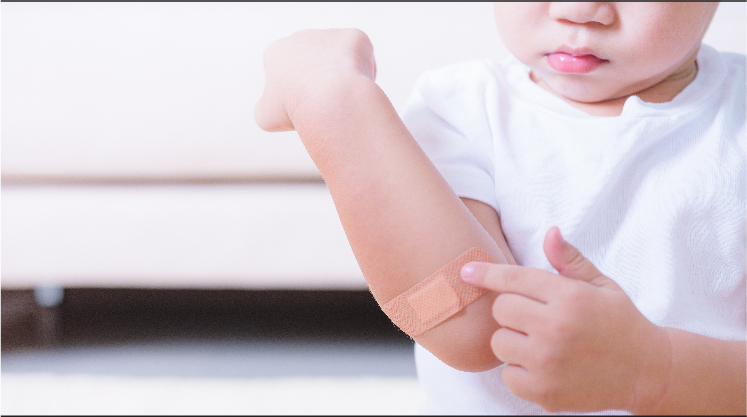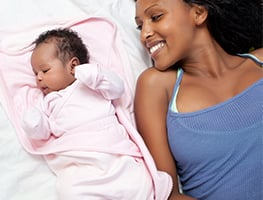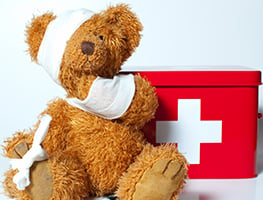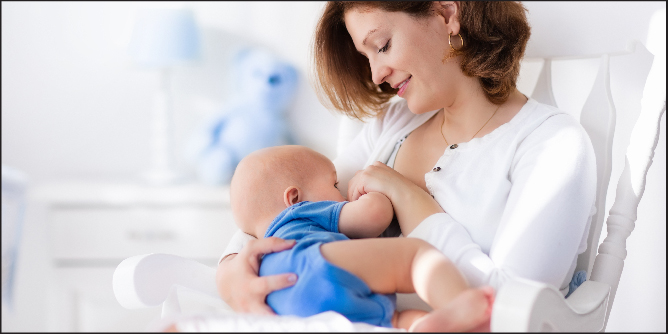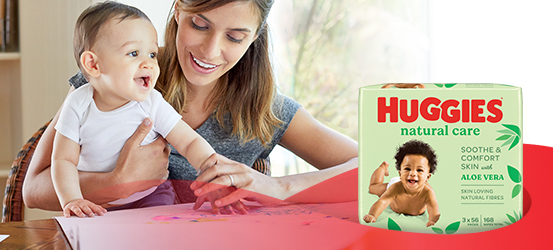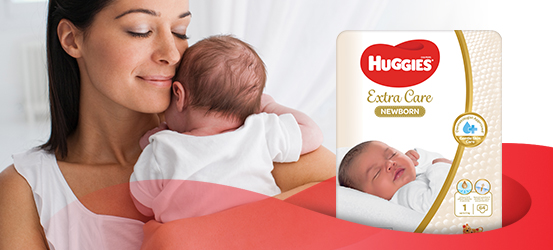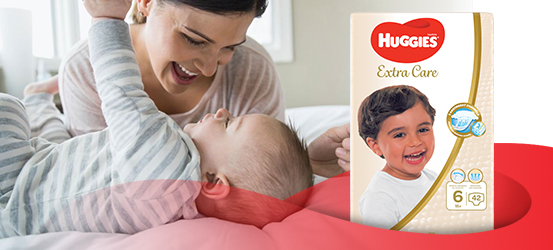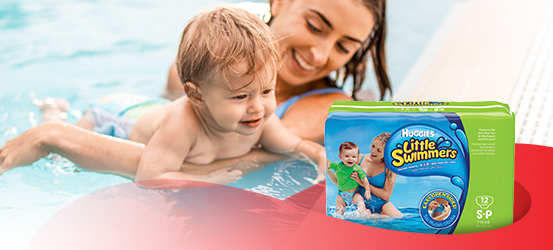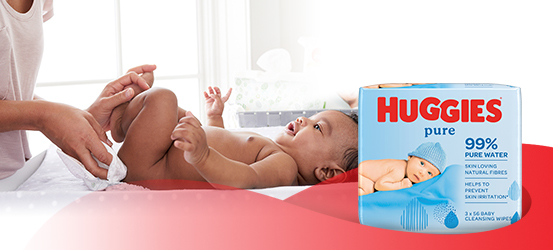Event and Recognition |
First Aid |
Actions |
|
Unconscious person:
Is unaware of their surroundings and does not respond to sound Makes no purposeful movements Does not respond to questions or to touch May or may not be breathing or have a pulse
|
To determine whether a person is unconscious or not, ask with a loud voice: “Are you okay?” If there is no response, tap on the chest or shoulder or gently shake the shoulders to see whether he responds and ask again. (If you suspect a head or neck injury, do not shake the shoulder). In the case of a baby, tap the feet. Check the ABC: Airway, Breathing and Circulation. If the person is not breathing, start mouth-to-mouth breathing. If there is no pulse, start full CPR. If choking is suspected, do the Heimlich manoeuvre. If you do not suspect a head or spinal injury, move the person into the recovery position. This will prevent the airway from being blocked by the tongue, blood or vomit. Look for a Medic-Alert tag that may explain the cause of the unconsciousness. Look and treat for any obvious injuries, such as fractures or bleeding. Keep the person warm. Do not give anything to eat or drink when the person awakes. Monitor the level of response, breathing and pulse regularly until medical help arrives. Note: If a back or neck injury is suspected, do not move the person.
|
Call an ambulance:112 on a cellular phone; or 10177 for the National ambulance service; or
082 911 for Netcare; or
084 124 for ER24 |
Drowning
Breathing and heart may have stopped |
The unconscious child:
Assess child’s condition and be prepared to resuscitate. Place in the recovery position. Remove any wet clothing. Cover with a towel or blanket.
|
Note: Take the child to hospital even if they seem recovered, as any inhaled water may have caused lung damage. |
|
Electrical Injury
May cause breathing and heart to stop Burns where the current entered and left the body Person may still be tightly gripping the cable
|
Don't approach the person who has been electrocuted until you're certain the area is safe. Break contact between the person and the current source as quickly as possible: the best way to do this is to shut off the current at the main fuse box. Don't use the switch on the appliance. It is not recommended to use a wooden stick or similar to separate the person from the appliance: some power sources can arc up to 8 metres. Check the ABCs (airway, breathing, circulation), start CPR if necessary and call an ambulance. Check for signs of shock (A life-threatening condition, which occurs when blood flow is too low to serve the vital organs. Major burns cause loss of body fluids, which can lead to shock.) With high voltages, the person may have been thrown into the air and may have sustained back, head or neck injuries. Internal body damage is not always obvious. Cover any burnt area with a sterile gauze bandage or a clean cloth.
|
If the child seems unharmed, make them rest and observe their condition. Seek medical advice. Continue to monitor their condition and be prepared to resuscitate. Cool any burns with cool water.
|
|
Head Injuries
The brain may be “shaken” by a violent blow causing concussion.
Recognising concussion:
Brief loss of consciousness, dizziness or nausea on recovery Loss of memory of immediately preceding events A mild headache
|
The Conscious Child:
Child who regains consciousness quickly:
If your child has been “knocked out”, even briefly, call a doctor and seek medical advice. Make the child rest and watch them closely. If they have not recovered completely within 30 minutes, call an ambulance.
The Unconscious Child:
|
If unconscious call an ambulance. |
|
Shock
Recognising shock:
Pale, cold and sweaty skin, tinged with grey A rapid pulse becoming weaker Shallow, fast breathing
Later signs include:
Note: The most likely cause of shock in a child is serious bleeding or a severe burn or scald. |
Lay the child down flat, keeping the head lower than the chest. Call an ambulance. Raise legs, on pillows, to higher than the heart level. Loosen any tight-fitting clothing. Give constant reassurance. Encourage the child to talk or answer questions. Cover with a light blanket to keep warm and observe breathing rate and skin colour. Keep monitoring the pulse rate. Be prepared to resuscitate.
|
Call an ambulance |

